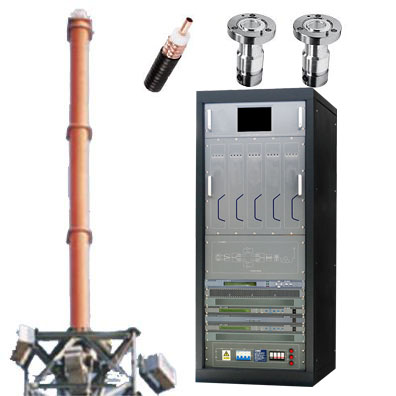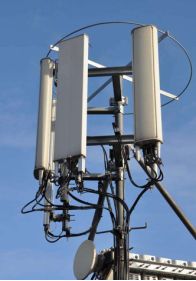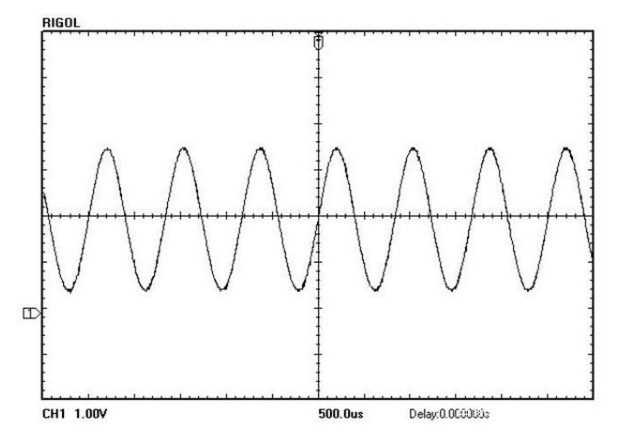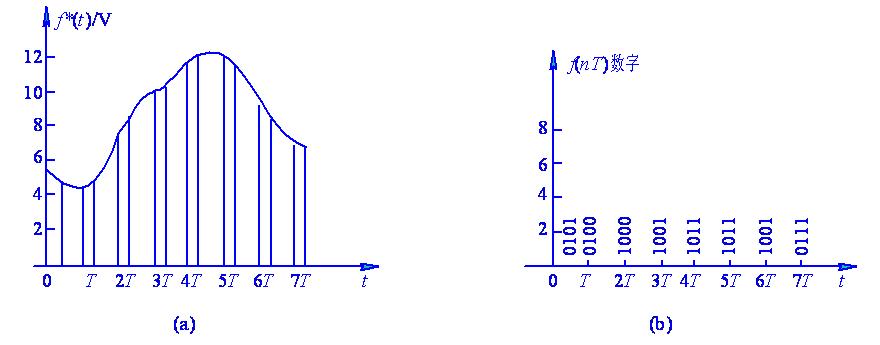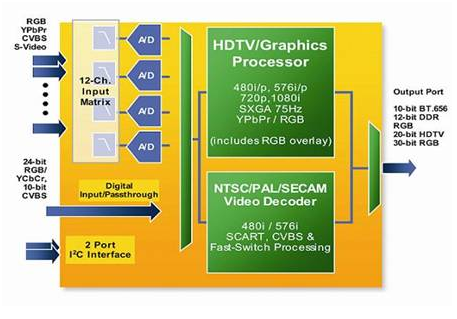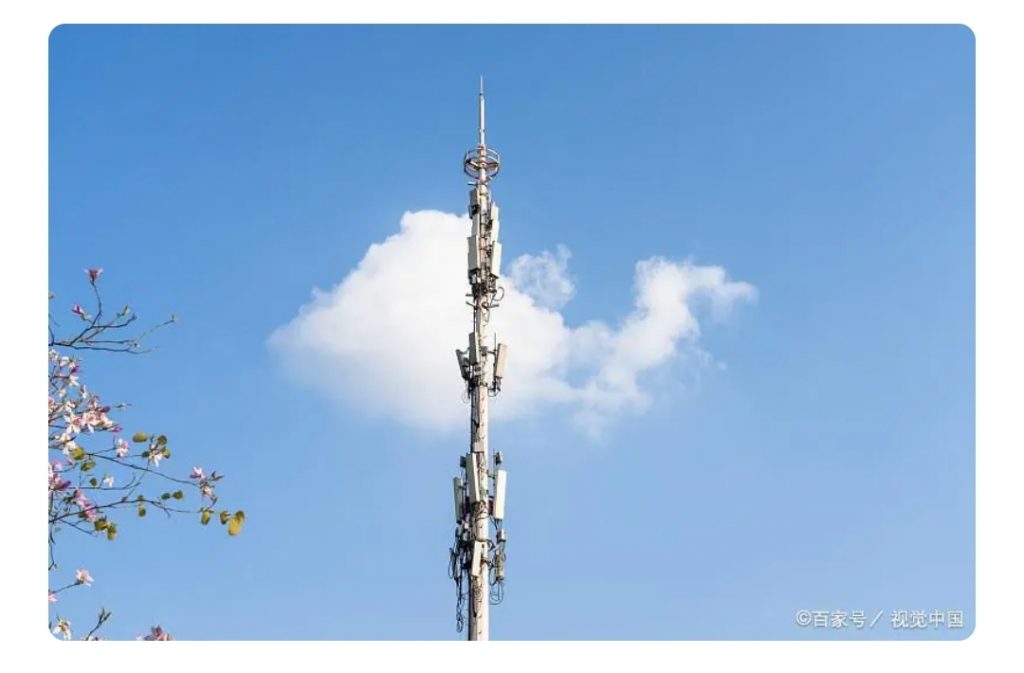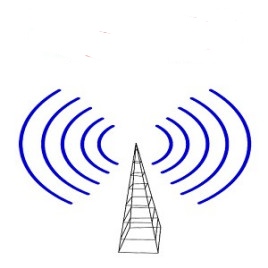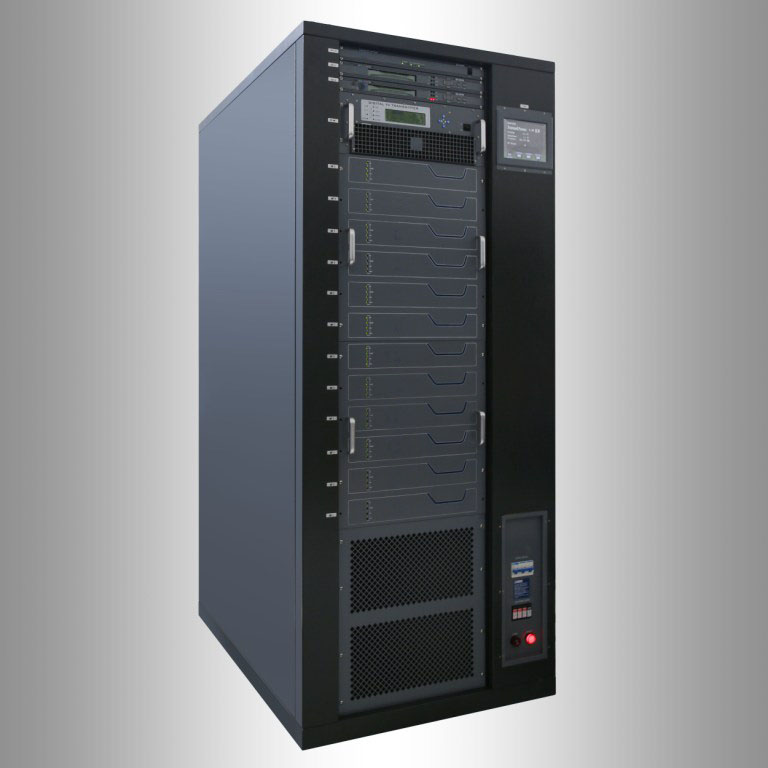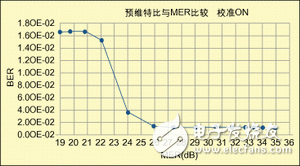On the premise of introducing the basic concept and background of digital TV, this paper introduces the main parameters and main instruments of digital TV testing, and introduces the development status of digital TV testing industry.
Keywords: digital TV test, transmission code stream, signal source
- The concept of digital TV and its advantages what is digital tv
The so-called digital TV refers to a new TV system in which all video and audio signals are digital signals in the whole process of TV, that is, the program recording, editing, editing, storage, sending, transmission, receiving and displaying all adopt digital processing. It can also be said that digital TV is a TV system that fully realizes digitalization and digital processing in three aspects: source, channel, and sink. Among them, the collection (ingestion), editing and processing, and broadcasting (transmission) of TV signals belong to the source of digital TV, transmission and storage belong to the channel, and the receiving end and display device belong to the sink. Digital TV Classification
Digital TV can be divided into three types according to its transmission methods: digital satellite TV (DVB-S), digital cable TV (DVB-C), digital terrestrial broadcast TV (DVB-T), and digital handheld TV (DVB-H).
Digital TV can be roughly divided into three grades according to the bit rate of the transmitted video (moving image): popular digital TV (PDTV), standard definition digital TV (SDTV) and high definition digital TV (HDTV). Among them, PDTV belongs to the lowest level of SDTV. Now the development direction of digital TV is SDTV as the main development direction, and HDTV is used at the source end of digital TV or in some fields. Advantages of digital television
Compared with analog TV, digital TV has the following advantages:
① The image transmission quality is high and the distance is long. In the process of digital TV signal transmission, there will be no accumulation of interference and noise after multiple relays (or duplications). At the same time, error correction coding technology can be used to improve the anti-interference ability. Therefore, the signal-to-noise ratio of digital TV is basically unchanged during transmission, the image quality of the receiving end is basically consistent with that of the sending end, and the transmission distance is not limited.
② The utilization rate of spectrum resources is high. Spectrum resources are important national resources, and the spectrum resources of analog TV are limited. A set of analog TV programs would occupy 36MHz bandwidth of satellite transponders and 8MHz of terrestrial broadcast and cable TV frequencies. Digital TV adopts compression coding technology, and can transmit 5 sets of SDTV programs in a 36MHz satellite transponder, and can transmit more than 4 sets of SDTV programs in one 8MHz channel.
③ Provide new services and realize high-speed data transmission. In digital TV communication, multiple digital information such as text, data, language, and still images can be transmitted simultaneously without interfering with each other.
④ The information is stable and reliable, and the equipment is easy to maintain and use.
⑤ Save sending power, wide coverage.
⑥ Flexible and friendly man-machine interface, easy to realize conditional access.
Therefore, technically advanced digital TV systems will inevitably replace analog TV. Introduction to Digital TV System
Digital TV broadcasting system mainly includes terrestrial broadcasting, cable broadcasting and satellite broadcasting system.
The digital TV broadcasting system is mainly divided into the following parts:
① Digital studio system;
② Compression coding part of video and audio signals;
③ System business reuse part;
④ ICT code part;
⑤ Modulation transmission part.
Block diagram of digital TV broadcasting system: (Figure 1-1) Digital TV System Block Diagram - Digital TV standard What is Digital TV Standard
In the digital TV transmission code stream, there are clear regulations on the size of a data packet, how many bytes it contains, the meaning of each byte, and even the meaning of a certain bit of a byte. This is the standard .
Digital TV standards include two major parts: digital TV studio standards and digital TV broadcast standards. The digital TV studio standard defines the format of uncompressed audio and video, the interface between devices, etc., and is mainly related to the production of programs. Digital TV broadcasting standards involve audio and video compression, digital signal transmission, conditional access systems, and other standards related to digital TV broadcasting services. International Digital TV Standard
At present, there are three digital standards in the world, namely, the American standard ATSC (Advanced Television System Committee); the European standard DVB (Digital Video BroadCasting); and the Japanese standard ISDB (Intetarted Services Digital Broadcasting).
The European DVB standard is divided into three parts: DVB-S for satellite digital TV, using quadrature keying modulation (QPSK); DVB-C for cable digital TV, using quadrature amplitude modulation (QAM); DVB for terrestrial digital TV -T , using Orthogonal Frequency Division Multiplexing Modulation (COFDM).
The DVB standard has many advantages, because DVB-S has been adopted all over the world, and DVB-C has also been adopted by countries such as Europe, Australia, North America, and South America. It can be said that the international digital satellite TV and digital cable TV both adopt the European DVB standard in principle, and the difference is relatively large in terrestrial TV. For the DVB digital TV system test standard, in principle, it is based on the “DVB System Test Standard TR101290”, which tests the MPEG-2TS stream, the test of the common parameters of the satellite and TV network transmission media, the TV network, satellite, terrestrial, MMDS/ Specific methods and requirements are given in the special tests of MVDS. my country’s Digital TV Standard
Our country is a country with the largest number of TV users in the world, and should have digital TV standards with its own intellectual property rights. For digital cable TV and digital satellite TV, the country has clearly adopted the DVB standard, that is, the adoption of DVB-S and DVB-C, which is being carried out in an orderly manner everywhere. The main reason is that terrestrial TV standards with independent intellectual property rights have not yet been formulated.
my country has decided to independently formulate terrestrial broadcasting and television standards. In 2001, the National Digital TV Special Work Conference collected proposals for domestic digital TV terrestrial transmission. Before April 30, 2001, 5 ground transmission schemes from four standard research institutes were collected. In 2002-2003, these 5 sets of schemes were tested, and 2 schemes were selected for further improvement, that is, the scheme DMB-T standard proposed by Tsinghua University and the scheme ADTB-T proposed by Shanghai Jiaotong University. In the final stage of the formulation of digital TV terrestrial transmission standards, there was a stalemate between the DMB-T standard led by Tsinghua University and the ADTB-T standard led by Shanghai Jiaotong University, and finally the two moved towards “fusion”.
On August 18, 2006, the National Standards Committee of China issued the “Frame Structure, Channel Coding and Modulation of Digital TV Terrestrial Broadcasting Transmission System” in “2006 No. 8 (No. 95) China National Standard Approval Announcement”, which belongs to The national mandatory standard came into effect on August 1, 2007. There are three receiving methods for terrestrial digital TV broadcasting: terrestrial fixed receiving, mobile receiving and handheld device receiving. my country’s digital TV terrestrial standards are mainly applicable to the first two receiving methods, and mobile multimedia broadcasting standards will be specially formulated for handheld receiving. Digital TV testing can be roughly divided into four levels, namely the application layer, protocol layer, transport layer, and physical layer. The application layer test is mainly aimed at the SD/HD program production and broadcasting department. The test equipment should provide a multi-format and multi-standard test platform to test the quality of the digital TV audio baseband signal. Protocol layer testing is mainly used to measure the conformity of equipment to standards and protocols, requiring such instruments to have as many current common protocols as possible for protocol testing, such as MPEG-2, MPEG-4, H.264/AVC and VC- 1 etc. The transport layer test is used to evaluate the debugging performance of various debugging methods, such as constellation diagram, modulation error rate, bit error rate, etc. Physical layer testing includes specific physical interface testing, such as output power, port impedance, return loss, etc. Bit Error Rate (BER)
The bit error rate is the ratio of the number of bits in error to the total number of bits transmitted. Early digital television monitoring receivers provided a bit error rate indication as the only measure of digital signal quality. The bit error rate is essentially related to the signal-to-noise ratio (S/N) of the signal, which is affected by noise, pulse jitter, industrial interference and burst signals (such as lightning strikes). The bit error rate can be calculated from the signal-to-noise ratio.
BER measurements are often used in engineering notation and are often displayed as an instantaneous ratio and an average ratio. Typical target values are 1E-09 for a quasi-error-free BER of 2E-04; critical BER is 1E-03; BER greater than 1E-03 will result in loss of service. Modulation Error Rate (MER)
The modulation error rate is the ratio of the ideal vector magnitude of the signal to the sum of the signal error vector magnitude, expressed in dB, where the error vector magnitude refers to the sum of the signal that can be interfered by noise, and the MER is the quality of the signal when there is no error code, that is, normal operation time generalized noise interference state. The purpose of the modulation error rate measurement is to provide a single figure of merit for the received signal.
MER can provide an early indication of a receiver’s ability to correctly decode the transmitted signal. In effect, MER compares the actual position of the received coin (representing a digital value in the modulation pattern) with its ideal position. As the signal quality degrades, the received symbols are farther from the ideal position and the MER measurement will decrease. (as shown in Figure 3-1) Figure 3-1 Constellation
The constellation diagram can be regarded as a “two-dimensional eye diagram” array of digital signals, and the position of symbols in the diagram has reasonable restrictions or decision boundaries. The closer the representative name reception coincidence point is in the graph, the higher the signal quality is. Since the graph on the screen corresponds to the amplitude and phase, the shape of the array can be used to analyze and determine many defects and distortions of the system or channel, and help to find the cause. Constellation diagrams are very useful for identifying modulation problems such as amplitude imbalance, quadrature error, correlated interference, phase and amplitude noise, phase error, and modulation error ratio. (as shown in Figure 3-2) Figure 3-2 quadrature error
The quadrature error makes the position of symbols in the graph closer to the boundary limits, thus reducing the noise level. When the difference between I and Q is not accurate to 90°, quadrature error will appear. The result is that the constellation diagram is no longer a square, but looks like a parallelogram or a rhombus. noise error
Noise is the most common and unavoidable impairment in any signal, including QAM. Additive Gaussian noise (AWGN) is a common type of noise impairment. Because it is white (flat power density function over frequency) and Gaussian in nature (mathematically “normal” amplitude density), the received symbols are distributed around ideal locations. - Digital TV test equipment
As an important link in the digital TV industry chain, testing equipment directly affects the development of the entire industry. This article makes a simple classification based on the content designed by the author’s company Beijing Ocean Industrial Technology Co., Ltd.: basic instrument
In the process of digital TV testing, in addition to some professional instruments, some commonly used basic instruments are also used, such as multimeters, oscilloscopes, logic analyzers, spectrum analyzers, etc. These instruments are used to test some basic parameters, reflect Basic properties of the signal. For example: the oscilloscope is widely used in the observation of video signals, and its video trigger function can be used for line and field triggering to observe the analog characteristics of each line and field signal. For example, Tektronix’s oscilloscope TDS3000B can observe the vector waveform of the video signal and perform vector analysis. Very easy. digital tv signal source
The digital TV signal source produces standard digital signals, which can produce test signals according to different modulation methods and formats, and they can have still images or moving images. Digital TV signal sources can not only generate standard signals, but also add analog noise to standard signals. stream generator
The bit stream generator can generate TS bit streams such as MPEG2, and can record and play TS bit streams to provide high-definition television (HDTV) and standard definition digital signals (SDTV), including video, audio and other graphic data. Code Stream Analyzer
The code stream analyzer is tested according to the digital TV standard, and analyzes the code stream protocol, code stream structure, SI table information, EPG program guide, code stream test, clock PCR analysis, QAM analysis, etc. The Development Direction of Digital TV Test Instruments
In the future, digital TV test equipment will have the following development trends. For the test equipment required for the design and development of digital TV receiving terminals, it is necessary not only to pay attention to the high precision and high quality of the test equipment, but also to multi-standard and multi-functional It is no longer a signal source in a simple sense, but a test system integrating code stream generation, ICT coding modulation, ICT simulation and other functions, and has good upgradeability to meet new requirements. Test requirements for digital television standards. For the test instruments required for the production of digital TV receiving terminals, more attention should be paid to the singleness of their functions in order to reduce production costs. For the launch front-end setup test, the instruments required for network security should be miniaturized and flexible to meet the needs of different tests. To sum up, I will take several typical parameters and instruments as an example to introduce digital TV and its testing. In the future, digital TV measuring instruments will develop in two directions: one direction is mainly for engineering-level testing of digital TV transmission network construction and operation and maintenance. The other direction is mainly aimed at high-frequency users, such as the research and development of digital TV equipment. This requires the majority of digital TV test equipment manufacturers to give themselves a more accurate positioning and faster development.
